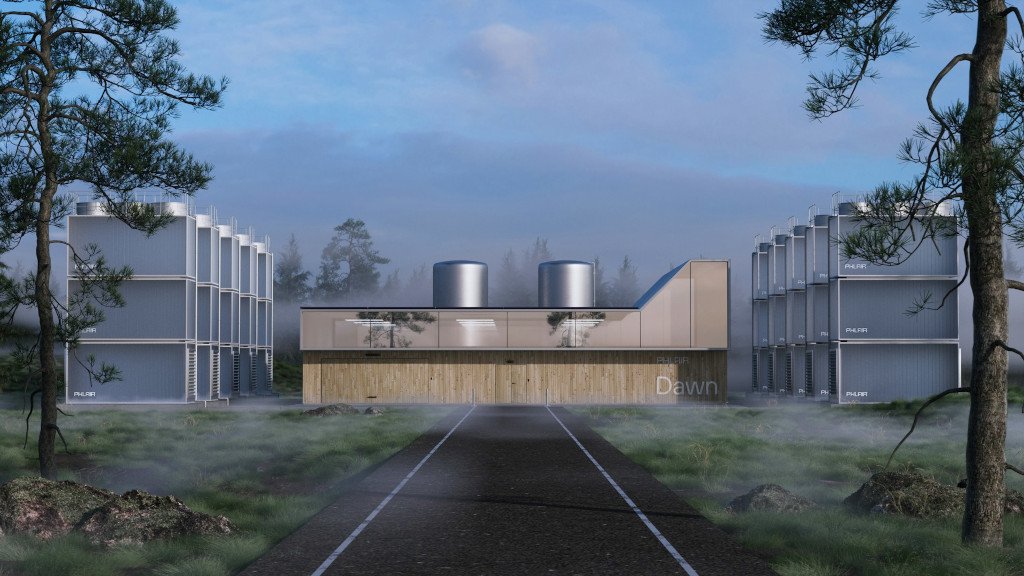Carbon capture companies develop and operate climate technologies designed to trap carbon dioxide (CO₂) emissions before they enter the atmosphere. Their work involves capturing CO₂ directly from industrial processes—such as cement, steel, or power plants—or even from the air itself

What’s in the air you breathe indoors and outdoors? Today we explore what air quality really means, how it affects your health and environment, and why it matters to you.
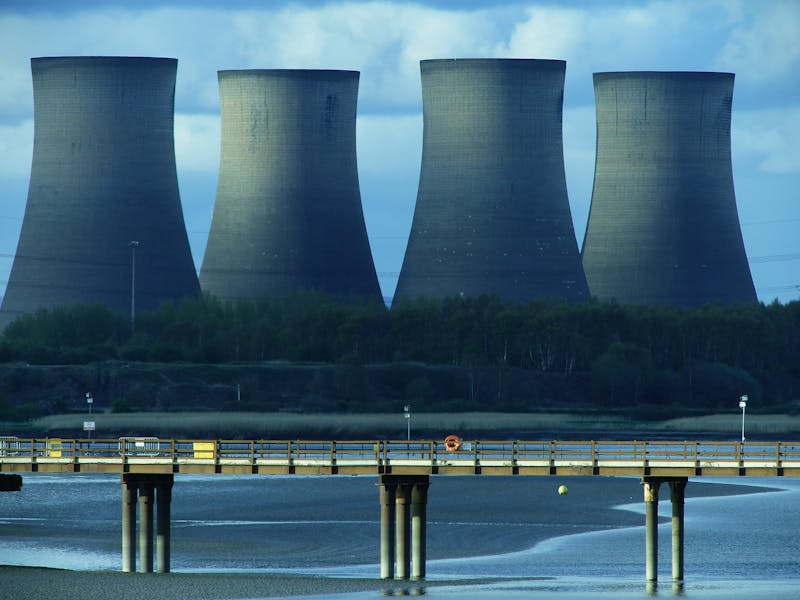
Nuclear power is back in the global energy mix. With rising energy needs from AI data centers, urbanization, and climate targets, companies and countries are giving the atom a second look and putting serious money behind their gaze.
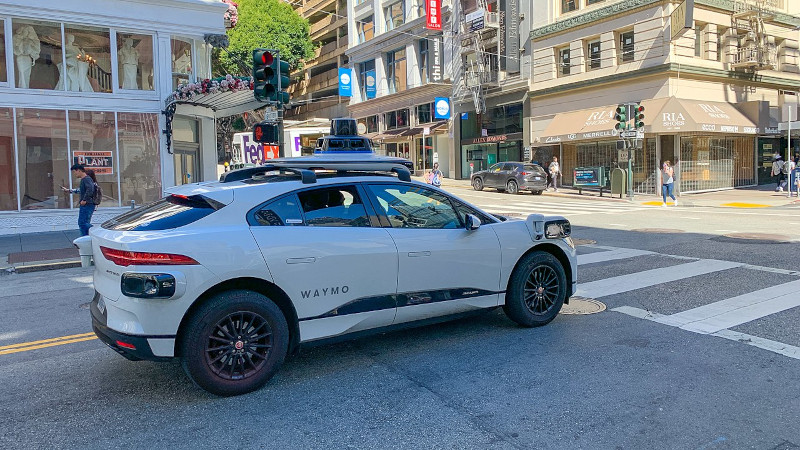
From self-driving taxis to sidewalk bots, autonomous EVs are already changing how we move and deliver goods. Here’s where and how it’s happening.

Pinterest users are intentional. They’re not doom-scrolling – they’re planning weddings, redesigning homes, searching for zero-waste swaps, and building vision boards for a better future. Over 80% of weekly Pinners have discovered a new brand or product on the platform,

Venture capital is flooding into climate tech, but not all sectors are feeling the love. From carbon removal to clean mobility, here’s where the money is heading—and what it means for the future of the planet.

For the first time, wind energy is projected to outpace coal across Europe in 2025—a major clean power milestone in the global energy shift. Here’s what driving the shift.
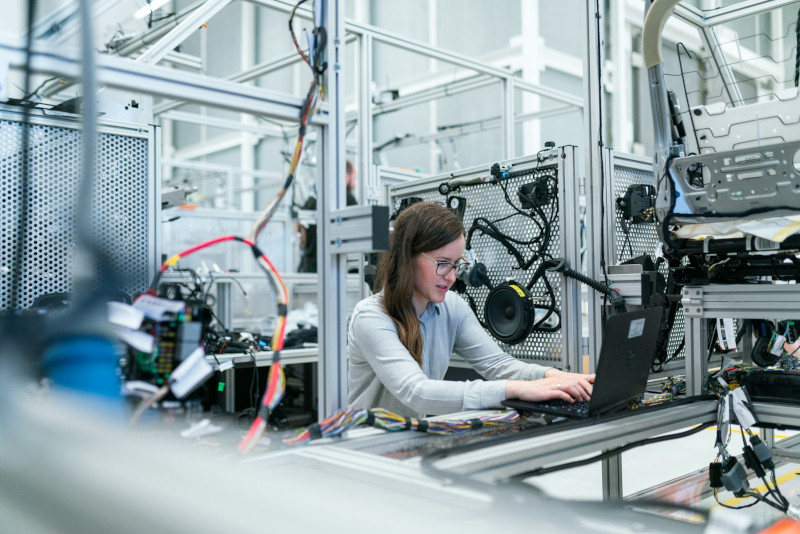
Clean energy is evolving fast. From next-gen solar to advanced hydrogen, here are five breakthrough technologies driving the transition to a low-carbon future in 2025.
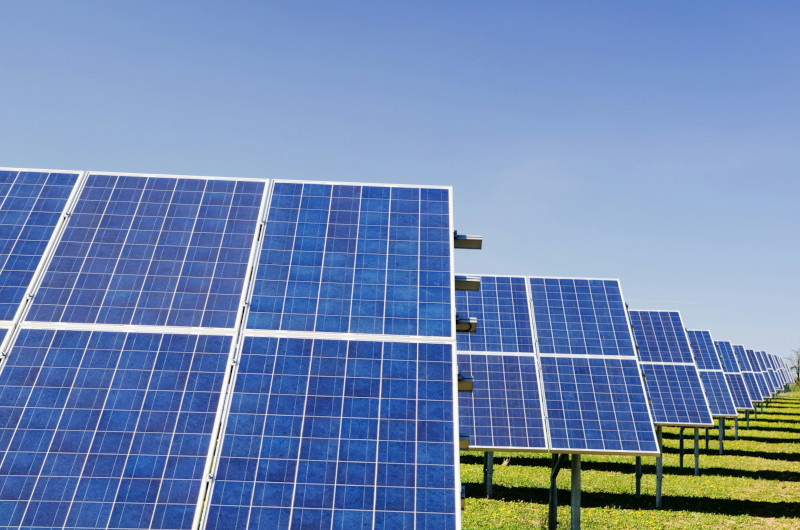
The U.S. solar industry hit record-breaking installation numbers in 2024. We break down what’s drove the boom—and what it means for the future of clean energy and national climate goals.
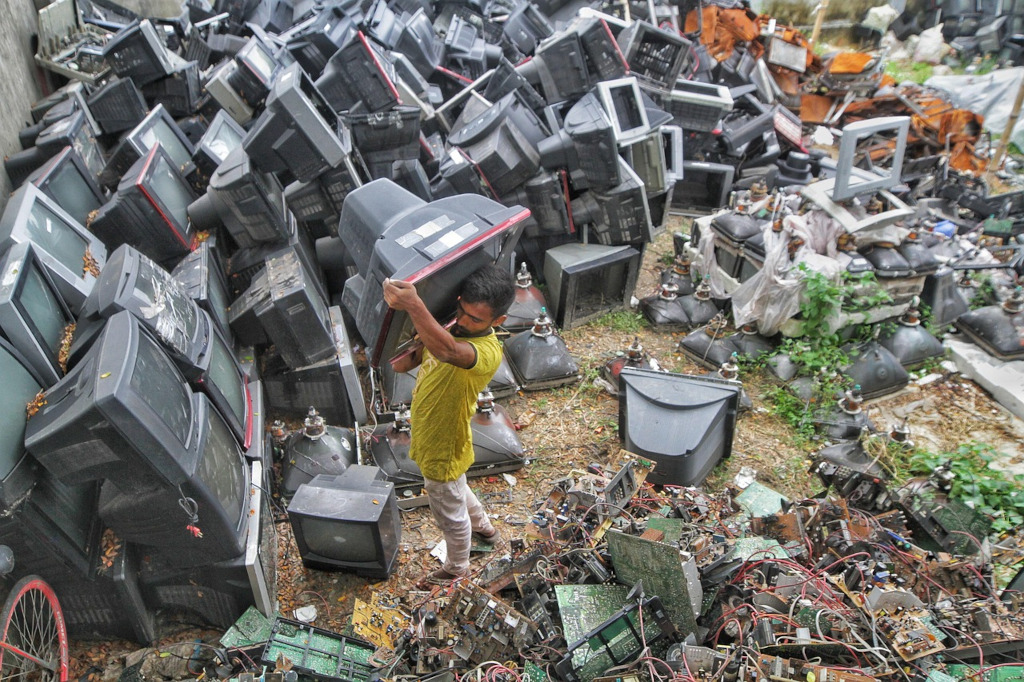
That old phone or laptop? If trashed wrong, it can pollute ecosystems and waste valuable materials. Here’s why improper e-waste disposal is costing us—both financially and environmentally.
